As the business expands and adapts to the changing market landscape, it’s imperative to bring on board new team members who possess the specific skills and experience required to remain competitive. Often, you will have to justify an increase in staff. This article offers guidance on building a strong business case for a new hire that will convince the decision makers.
Identify your needs
Before you can start building a business case for a new hire, you need to identify your needs. Take a close look at your current staff and their workloads. Are there areas where they are stretched too thin? Are there areas where they lack the necessary skills or experience?
You can start by asking yourself a few simple questions:
-
- Is the quality of work on your team decreasing?
-
- Are you experiencing a higher turnover than normal?
-
- Are your employees experiencing a burnout and feeling more emotional and/ or sensitive than usual?
-
- Do you need help during specific times of the year?
-
- Have you identified any skill gaps on your team?
-
- Is your business growing?
If you answered yes to any of these questions, it’s time to identify your hiring needs.
Be specific about what you’ll be asking for in a new hire
Once you have identified your needs, it’s important to be specific about what you’ll be asking for in a new hire. This includes the skills, responsibilities, and industry experience that you’re looking for. In addition, think about how many employees you need to hire and what kind (full-time, part-time, temporary, freelance, etc.)
Build the foundations for your case
You’ll need to collect the data that will help you lay the foundation and support your case for more staff. This includes how many employees, what kind, and why.
Types of data you can collect with examples:
-
- Trends within your company – More tasks being delegated to the team, but with the same or fewer personnel to complete them
-
- Impact on goals a company is trying to achieve – Staff working extended hours and struggling to achieve their goals and meet their deadlines
-
- Indisputable facts that highlight a need for action – An overall decrease in employee satisfaction and work quality
-
- How the business is negatively impacted by not hiring – Team members lack expertise in a programming language that is essential for the project you’re working on.
If you do not already have a Headcount Planning Strategy, consider developing one so that you can demonstrate how the additional hires will help the business.
Show the consequences of not hiring
Failure to hire new staff can lead to a number of negative impacts on the business:
-
- Increased turnover
-
- Damage to the company’s reputation
-
- Decrease in sales revenue
-
- Negative impact on customers
-
- Missed growth opportunities
Point out some of these consequences to the decision-makers to show the urgency of the situation and the need to act quickly.
Demonstrate the positive impacts of hiring
It’s important to not only highlight the potential negative consequences of not hiring, but also to contrast them with the positive impacts of hiring new staff. Make a comparison between the current state and the desired future state. When formulating your proposal, illustrate how these changes will have a positive effect on the customers, employees, and the overall business. For instance:
-
- Additional member of staff will improve the overall well-being and job satisfaction of current employees as they will have more time to pursue career development
-
- A new employee with experience in international business will speed up the company’s goal to expand into new markets.
Be strategic about when and where to discuss topic with decision-makers
Timing is crucial. It’s best to present your case when the company has the financial resources and you can identify cost savings, or when your team has recently achieved significant successes. Consider the best time to bring up the topic, such as during budget planning or at the start or end of the fiscal year. Always arrange a face-to-face, individual meeting with the decision-makers to avoid being overlooked or rejected through email or phone.
In a nutshell
Building a business case for a new hire is an essential step in the hiring process. It’s crucial to identify your needs and be specific about what you’re looking for in a new hire.
To build a compelling case, you’ll need to collect data that supports your argument for why you need more staff, including how many employees, what kind, and why. In addition, it’s important to show the potential negative consequences of not hiring, as well as the positive impacts of hiring new staff.
When discussing the topic with decision-makers, it’s important to be strategic about the timing and location, and to demonstrate the urgency of the situation and the potential impact on the business. By following these tips, you can build a strong business case for a new hire and convince decision-makers to approve the hire.































